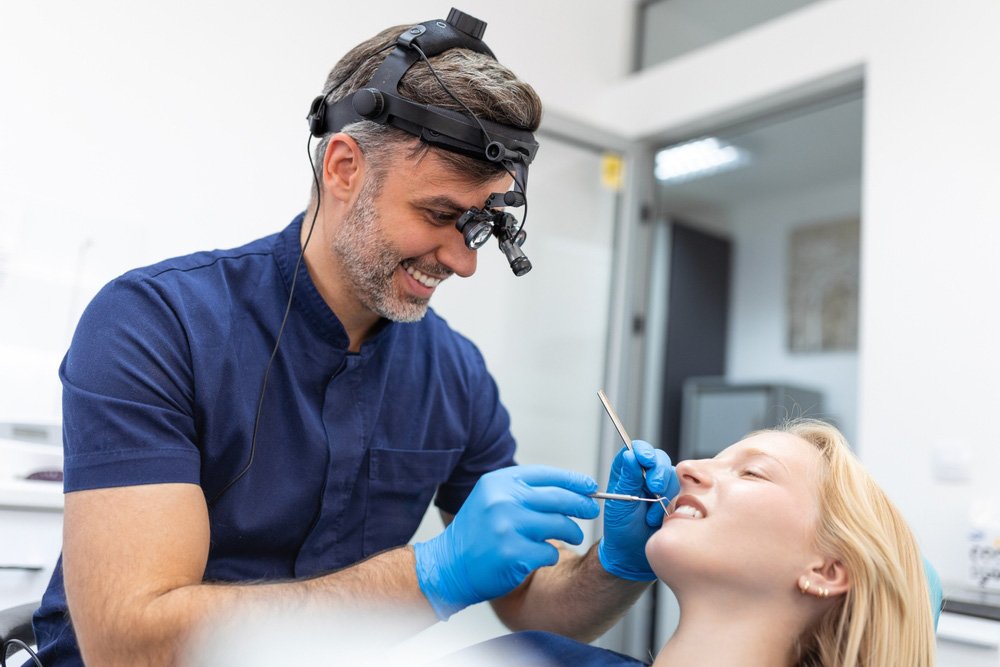
Advanced dental technology has significantly improved the patient experience by making treatments more efficient, comfortable, and effective. Here are some key ways these innovations are enhancing patient care:
Digital Impressions and 3D Imaging
- Comfort and Accuracy: Digital impressions eliminate the need for traditional molds, which can be uncomfortable. Intraoral scanners capture detailed 3D images of the teeth and gums, ensuring precise and accurate restorations.
- Efficient Treatment Planning: 3D imaging, such as cone-beam computed tomography (CBCT), provides comprehensive views of the oral structures, aiding in accurate diagnosis and treatment planning.
Laser Dentistry
- Minimally Invasive: Lasers allow for precise treatments with minimal damage to surrounding tissues, reducing pain and speeding up recovery.
- Versatility: Used for various procedures, including cavity treatment, gum surgery, and teeth whitening, lasers enhance both the effectiveness and comfort of dental treatments.
CAD/CAM Technology
- Same-Day Restorations: CAD/CAM technology enables the design and fabrication of dental restorations like crowns and veneers in a single visit, saving time and improving patient convenience.
- High Precision: This technology ensures a perfect fit and natural appearance of restorations, enhancing both function and aesthetics.
Cloud-Based Practice Management Software
- Streamlined Operations: Cloud-based systems improve the efficiency of practice management, from appointment scheduling to patient records, enhancing the overall patient experience.
- Enhanced Communication: Integrated communication tools allow for better interaction between the dental team and patients, ensuring clear and timely information.
Telehealth and Virtual Consultations
- Accessibility: Telehealth services provide patients with easy access to dental consultations, especially beneficial for those with mobility issues or living in remote areas.
- Convenience: Virtual consultations save time and reduce the need for in-office visits, making dental care more accessible and convenient.
Augmented and Virtual Reality
- Patient Education: AR and VR tools help patients understand their treatment plans by visualizing procedures and outcomes, reducing anxiety and improving compliance.
- Distraction Techniques: VR can be used to distract and relax patients during procedures, enhancing their comfort and overall experience.
These advancements are not just about improving the technical aspects of dental care but also about making the entire patient journey more pleasant and efficient.




